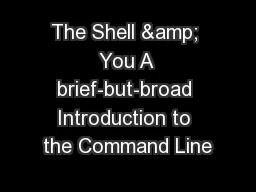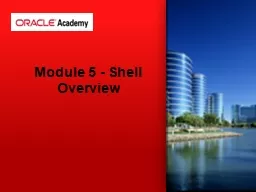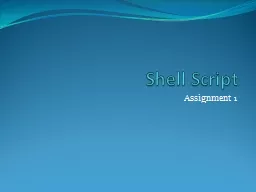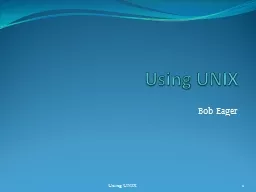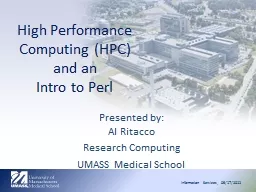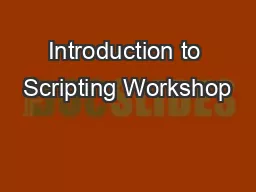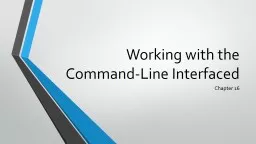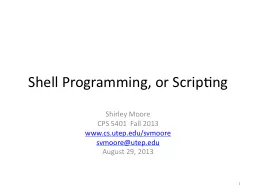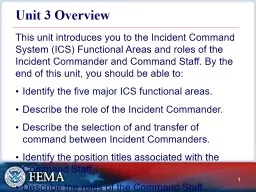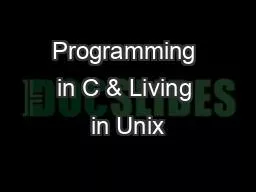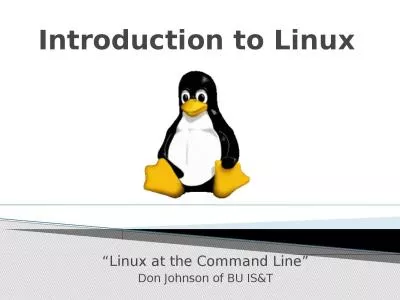PPT-The Shell & You A brief-but-broad Introduction to the Command Line
Author : liane-varnes | Published Date : 2018-12-11
For the Inquisitive Mac Sysadmin Part I of Who is this guy Sr Application Developer The Wharton School UPENN Run with an excellent team a Linux RHEL HPC research
Presentation Embed Code
Download Presentation
Download Presentation The PPT/PDF document "The Shell & You A brief-but-broad In..." is the property of its rightful owner. Permission is granted to download and print the materials on this website for personal, non-commercial use only, and to display it on your personal computer provided you do not modify the materials and that you retain all copyright notices contained in the materials. By downloading content from our website, you accept the terms of this agreement.
The Shell & You A brief-but-broad Introduction to the Command Line: Transcript
Download Rules Of Document
"The Shell & You A brief-but-broad Introduction to the Command Line"The content belongs to its owner. You may download and print it for personal use, without modification, and keep all copyright notices. By downloading, you agree to these terms.
Related Documents

